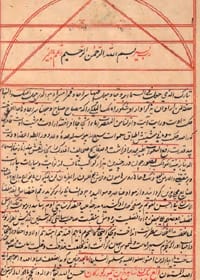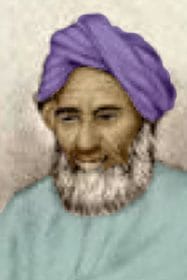Full Name: Mīrzā Muhammad Tāraghay bin Shāhrukh .
Arabic: میرزا محمد طارق بن شاہ رخ
Other Names: Ulugh Beg
Born: 1394 AD.
Died: 1449 AD.
Origin: Sultaniyeh, Timurid Empire (now Zanjan Province, Iran).
Famous for: Astronomer and Mathematician.
Contributions:
He built the great Ulugh Beg Observatory in Samarkand between 1424 and 1429.
He built the Ulugh Beg Madrasah (1417–1420) in Samarkand and Bukhara.
Ulugh Beg composed a star catalogue consisting of 1018 stars, which is eleven fewer stars than are present in the star catalogue of Ptolemy.
He compiled the 1437 Zij-i-Sultani of 994 stars, generally considered the greatest star catalogue between those of Ptolemy and Tycho Brahe.
Ulugh Beg wrote accurate trigonometric tables of sine and tangent values correct to at least eight decimal places
Legacy:
The crater, Ulugh Beigh, on the Moon, was named after him by the German astronomer Johann Heinrich von Mädler on his 1830 map of the Moon.
2439 Ulugbek, a main-belt asteroid which was discovered on 21 August 1977 by N. Chernykh at Nauchnyj, was named after him.
The dinosaur Ulughbegsaurus was named after him in 2021.
Articles
https://en.wikipedia.org/wiki/Ulugh_Beg
https://www.britannica.com/biography/Ulugh-Beg
https://islamsci.mcgill.ca/RASI/BEA/Ulugh_Beg_BEA.htm
Books attributed to Ulugh Beg:





